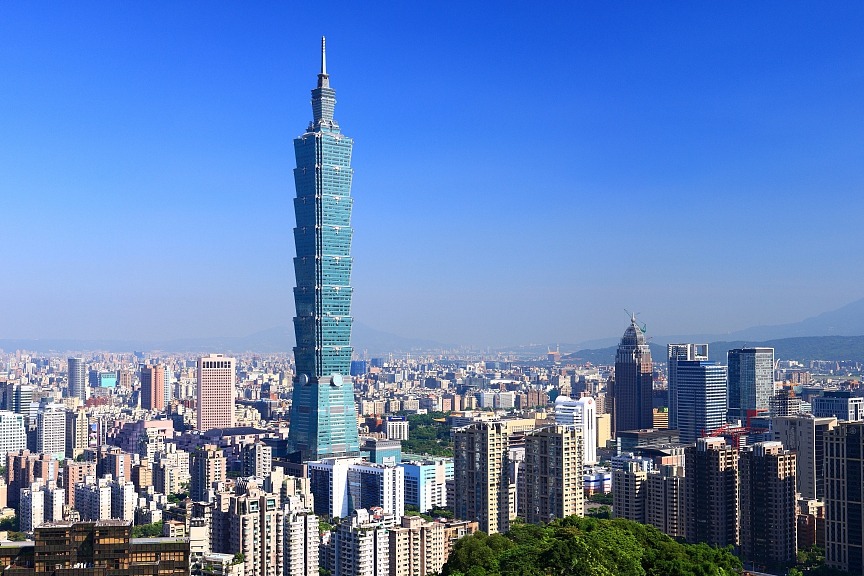Lessons, achievements and the path forward


As South-South cooperation matures, it is no longer about aid or assistance but about joint leadership in shaping the global future
As the world marks the 80th anniversary of the founding of the United Nations, the global conversation around justice, equality and shared prosperity in international cooperation has taken on renewed urgency. For developing countries, South-South cooperation has become a powerful platform to assert agency, build capacity and shape development pathways beyond traditional donor-recipient frameworks. Among the key players, China has emerged as a central force in redefining South-South cooperation moving beyond aid toward co-development.
It is very pertinent to reflect on the experiences of the Association of Southeast Asian Nations members, particularly Thailand and Laos, in engaging with China through South-South cooperation. It offers a critical perspective on China's achievements, characteristics and future opportunities to strengthen and scale up its South-South partnerships in line with evolving global governance needs.
Southeast Asia has been one of the most visible beneficiaries of China's South-South cooperation approach, especially under the framework of the Belt and Road Initiative and subregional programs such as the Lancang-Mekong cooperation. Countries such as Laos and Thailand have seen massive Chinese investment in infrastructure, such as the Laos-China Railway, logistics corridors and power grids all of which signal China's commitment to enhancing connectivity and regional economic integration.
Beyond infrastructure, agriculture and rural development have formed a core part of the South-South cooperation agenda. Through trilateral cooperation with the Food and Agriculture Organization of the UN, China has deployed over 1,000 agricultural experts and technicians to more than 28 developing countries, including those in Southeast Asia. These efforts have resulted in the transfer of over 450 agricultural technologies and the training of approximately 30,000 local practitioners, leading to greater food security and innovation in local farming systems. These partnerships have proven particularly valuable to ASEAN members seeking to modernize their agricultural sectors in an inclusive and sustainable manner.
China's role in South-South cooperation is distinct, and its achievements reflect a practical, long-term and multilevel approach to cooperation.
One of China's most successful contributions lies in agricultural development. The country has established centers of excellence in agriculture across multiple regions, serving as platforms for technology transfer, farmer training and collaborative research. These centers represent a "learning-by-doing" model, where Chinese experts work directly with local stakeholders, ensuring that knowledge is contextually adapted.
China's South-South cooperation mechanism often emphasizes tripartite cooperation, involving local governments, international organizations and Chinese institutions. This ensures shared responsibility, ownership and accountability, particularly in the planning, monitoring and follow-up stages of development initiatives. Such an approach is more sustainable than one-way aid and fosters institutional memory.
South-South cooperation prioritizes capacity development through scholarships, technical training, study tours and network building among professionals from the Global South. China offers small grants and seed funding for locally led pilot projects, enabling innovations that are rooted in local knowledge but enhanced by global collaboration.
Unlike traditional aid models that emphasize policy advice and budget support, China's South-South cooperation emphasizes "hard infrastructure" and productive sectors. This approach provides tangible economic assets that contribute directly to development outcomes such as job creation, logistics improvement and trade expansion.
But despite the gains, China's South-South cooperation faces new challenges and rising expectations. The future of the South-South cooperation efforts will depend on their inclusiveness and adaptability to global challenges. China and its Global South partners should integrate the transfer of green technology, such as clean energy, electric mobility and sustainable urban design, into their cooperation agenda. Lessons from environmental assessments under the BRI framework show that low-carbon, climate-resilient infrastructure is not only feasible but also increasingly expected by partner countries.
South-South cooperation will benefit from greater collaboration with third-party development partners, such as UN agencies and regional organizations. Transparent reporting, joint planning and independent monitoring can boost credibility and ensure that projects align with local priorities. Digital dashboards or public data portals for South-South cooperation projects would also increase visibility and accountability.
China and its partners should also expand the financial toolkit to include blended finance, public-private partnerships and concessional lending models that respond better to the fiscal realities of low-income countries. This is particularly vital for fragile states and island economies in the Pacific and Caribbean.
Rather than framing cooperation solely through bilateral channels, China and its partners can also focus on cross-border and thematic challenges such as climate adaptation, trans-boundary disease control or digital transformation. This would allow South-South cooperation to be more strategic and responsive to real-time global needs.
A results-based monitoring framework, co-designed with partners, would help assess project outcomes and promote learning. Feedback loops drawing insights from both successes and failures would help ensure continuous improvement and adaptation of cooperation models.
In parallel with its South-South cooperation, China launched the Global Governance Initiative, a proposal to help reform and improve global governance and open up a bright future of peace, security, prosperity and progress.
The synergy between South-South cooperation and the Global Governance Initiative is crucial. Through South-South cooperation, China helps build the capacity of other Global South nations; the Global Governance Initiative can empower them to have a say at the table. This twin strategy "capacity+representation" could become a new model for global development justice.
China has laid solid foundations by embedding South-South cooperation into national, bilateral and multilateral platforms. Going forward, the focus should be on building inclusive systems, green economies and equitable rules, while ensuring that partner countries not only benefit but co-design and co-own the process.
The 80th anniversary of the UN reminds us that global governance must evolve. South-South cooperation rooted in solidarity, equality and shared purpose has the power to drive that transformation. And China, as both a contributor and a convener, can assume a more proper role to play in this.
The author is an associate professor at the Institute of East Asian Studies at Thammasat University, Thailand. The author contributed this article to China Watch, a think tank powered by China Daily.
The views do not necessarily reflect those of China Daily.
Contact the editor at editor@chinawatch.cn.

































